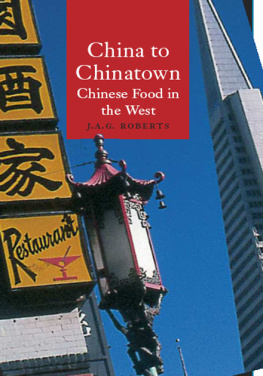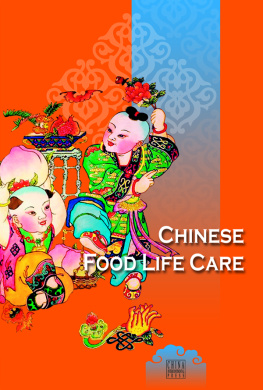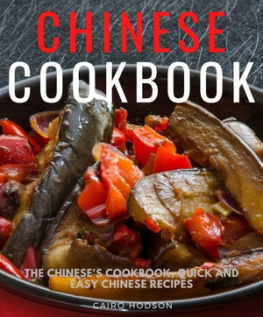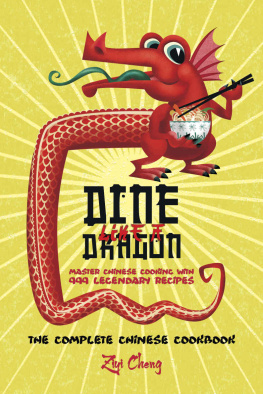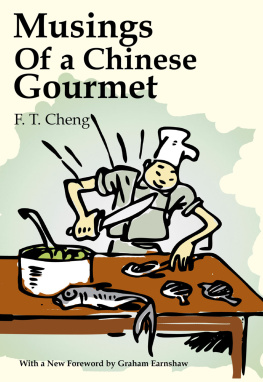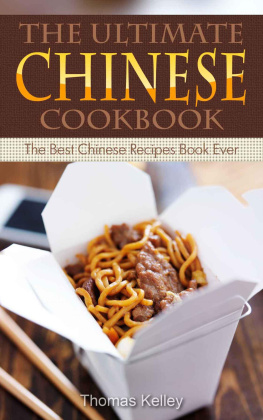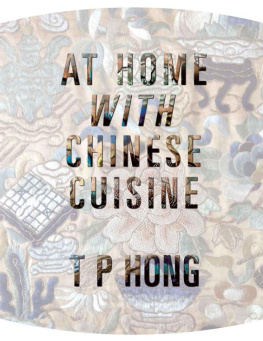CHINA TO CHINATOWN
GLOBALITIES
Series editor: Jeremy Black
GLOBALITIES is a series which reinterprets world history in a concise yet thoughtful way, looking at major issues over large time-spans and political spaces; such issues can be political, ecological, scientific, technological or intellectual. Rather than adopting a narrow chronological or geographical approach, books in the series are conceptual in focus yet present an array of historical data to justify their arguments. They often involve a multi-disciplinary approach, juxtaposing different subject-areas such as economics and religion or literature and politics.
In the same series |
Why Wars Happen
Jeremy Black | Mining in World History
Martin Lynch |
A History of Language
Steven Roger Fischer | Landscape and History
c. 15002000
Ian D. Whyte |
The Nemesis of Power
Harald Kleinschmidt |
Geopolitics and Globalization
in the Twentieth Century
Brian W. Blouet |
Monarchies 10002000
W. M. Spellman |
A History of Writing
Steven Roger Fischer |
The Global Financial System
1750 to 2000
Larry Allen |
China to Chinatown
Chinese Food in the West
J.A.G. ROBERTS

REAKTION BOOKS
For my wife Jan,
for her love and forbearance
Published by Reaktion Books Ltd
33 Great Sutton Street, London EC1V 0DX, UK
www.reaktionbooks.co.uk
First published 2002
Copyright J.A.G.Roberts 2002
All rights reserved
No part of this publication may be reproduced, stored in a retrieval system, or transmitted, in any form or by any means, electronic, mechanical, photocopying, recording or otherwise, without the prior permission of the publishers.
Page references in the Photo Acknowledgements and Index match the printed edition of this book.
Printed and bound in Great Britain by
Biddles Ltd, Guildford and Kings Lynn
British Library Cataloguing in Publication Data
Roberts, J.A.G (John Anthony George), 1935
China to Chinatown: Chinese Food in the West. (Globalities)
1. Cookery, Chinese 2. Food habits China 2. Civilization,
Western Chinese influences
I. Title
641.5951
e ISBN 9781861896186
Contents
Acknowledgements
My thanks are due to the friends and colleagues who have helped in many ways with the ideas which have gone into this study. At an early stage in my research, I was much encouraged to come across Professor Jack Goodys chapter on the globalization of Chinese food in his wide-ranging study Food and Love: A Cultural History of East and West (London, 1998), and I enjoyed the opportunity to discuss some matters with him. I was urged to go ahead with the topic by Professor Steven I. Levine of the University of Montana, and it was he who referred me to the on-line web-based Asian history discussion group E-Asia, from whose subscribers I received very useful information. I must thank staff at several libraries who have helped me, notably Huddersfield University Library, the John Rylands University Library of Manchester, Leeds University Library, the British Library Newspaper Library, the Wellcome Library for the History and Understanding of Medicine and the BBC Written Archives Centre, Reading. I received many helpful suggestions from subscribers to Saga Magazine and from readers of the Huddersfield Examiner. Special thanks are due to Raymond Wong of Maxis Restaurant, Leeds, to Beth Mallinson whose recent dissertation gave me a glimpse of what todays English students think of ethnic food, and to Aime Laycock who worked as a waitress in a Chinese restaurant and shared her reflections on British attitudes to Chinese food.
The author and publishers wish to express their thanks to the following sources of photographic material and/or permission to reproduce it: The Glenbow-Alberta Institute (ND-2-211), p. 153; Hulton Getty, p. 158; The Manchester Chamber of Commerce, p. 183; Mr Stanley T. Smith, p. 160; The Board of Trustees of the Victoria and Albert Museum, London, p. 40.
Introduction
We the Chinese conquered the world through our food.
Chinese saying
This book is concerned with one of the most remarkable social changes of modern times: the radical alteration in the eating habits of the Western world. This subject is so extensive and so little researched that I have confined my discussion to a single aspect of that transformation: the changing attitudes of the West towards Chinese food, which in recent years has led to the opening of a Chinese restaurant or takeaway in almost every Western town, and to the adoption, in a modified form, of many Chinese cooking techniques. As material on this theme is vast and scattered, the main emphasis here is restricted, in terms of literature, to the ways these changes have been perceived by Westerners writing in English and, in geographical terms, to the introduction of aspects of Chinese food culture to North America and to the United Kingdom.
The book is divided into two main sections, a division which reflects the distinction made by the food writer Kenneth Lo between Chinese cooking in China and Chinese food abroad. Lo remarked that Chinese food, like everything else suffers a sea change when removed from its native shores. The same observation applies to attitudes to food, whether it is viewed through strangers eyes as an aspect of a foreign culture, or whether it is perceived from the vantage point of home as an exotic or perhaps suspect addition to ones own foodways.hostile, and the Chinese list of foodstuffs, and their methods of preparing them, were sometimes dismissed with contempt or even disgust. By the twentieth century a more subtle range of attitudes had emerged: some Westerners recognized the achievements of Chinese gastronomy, some continued to find grounds for criticism and rejection, and others, heedless of personal taste, ate the food of the common people of China to demonstrate political support for their cause.
Part II looks at the reception of Chinese food in North America and the United Kingdom. It traces the opening of the first Chinese restaurants catering for foreigners, and the beginning of the appreciation of Chinese cuisine in the West. It then examines the phenomenon of the mass acceptance of Chinese food, with the proliferation of Chinese restaurants and take-aways in the cities and towns of the Western world, the increased availability of Chinese foodstuffs in shops and supermarkets, the injection of capital into the ethnic food market, the publication of recipe books for Chinese food and the use of the media to popularize its consumption. The final chapter sets these changes in the wider context of how eating habits have evolved and relates these changes to the globalization of food in general.
Two broad themes recur. The first relates to the analysis of images of other cultures and of attitudes towards other races. Harold T. Isaacs, struck by the contradictory notions of China and the Chinese shared by generations of Americans, once suggested the following sequence of attitudes: the Age of Respect (Eighteenth Century); the Age of Contempt (18401905); the Age of Benevolence (19051937); the Age of Admiration (19371944); the Age of Disenchantment (19441949) and the Age of Hostility (1949 ). Isaacs was quick to admit that these descriptions were crude, that expressions from different ages coexisted, and that the views of individuals might vary. It would be presumptuous to suggest that this study answers the question how images of another society are formed and perpetuated. However, by concentrating on a single theme, that of food, it does reveal the complexity of attitudes towards what is perceived as foreign. Present-day attitudes to Chinese food may be manipulated by advertising and the forces of international capitalism,

